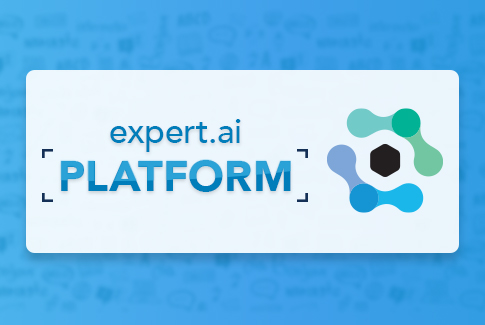
How often does your virtual assistant misunderstand what you say? While natural language understanding (NLU) applications are evolving, they still frequently misinterpret spoken and written language. The reason for this is language ambiguity. Words in different contexts can mean different things. This makes things tricky for NLU applications that need to understand language intent.
When you consider the integral nature of NLU to drive smart machines and autonomous systems, taking the right NLU approach is critical to optimizing outcomes and decision making. Yet for NLU programs to succeed, they need a deep understanding of language structure and word classification. This is why it’s important to understand how ontology works with NLU.
Taxonomy and ontology work in different ways to apply structure to language. Taxonomy identifies hierarchies, while ontology defines the relationships between them. Together, they help disambiguate language so NLU programs can perform with more accuracy. Let’s take a deeper dive.
How NLU Learns Language
Language understanding in NLU programs is complex because of the different types of ambiguity. For example, lexical ambiguity occurs when a word has more than one meaning, while structural ambiguity arises when the sentence’s meaning is unclear because of how words are related. Here are two examples:
- “I went to the bank.” There are several dictionary meanings for the word “bank.” Here, you can’t know if “bank” is a place where money is held or a riverbank. That’s lexical ambiguity.
- “The chicken is ready to eat.” You can’t tell if the chicken will do the eating or if the chicken will be eaten. Structural ambiguity leaves the sentence open to interpretation.
In the second example, the taxonomy can classify the chicken as an animal (i.e., chicken is an animal). Ontology can apply relational understanding to further define the term “chicken” as either an animal or a type of food to be eaten. From this example, it’s easy to see how important ontology is to deciphering language intent and meaning.
What is Ontology?
Ontology shows properties and relations between a set of concepts and categories within a subject area or domain. It is a branch of linguistics called semantics, the study of meaning. With ontology, a machine can accurately interpret the meaning of the word “diamond” in relation to a baseball player, jeweler, or card suit. It can also help interpret the word “chicken” as either food or an animal or differentiate between “bank” as a place of business or land alongside a river or lake.
Ontologies provide a framework for knowledge to be represented and shared across a domain. They organize concepts to show how they relate within a domain. They are graph-based structures that describe a binary relationship between two concepts or entities. Entities, relations and roles are all components of ontology.
How Ontology Impacts NLU
While NLU gives NLP programs the ability to learn and understand language, ontology disambiguates language by defining word relationships. Ontologies are instrumental in semantic analysis for understanding text so machines can understand language like humans do.
Ontologies provide precise understanding of natural language so businesses can take the next step in their NLU journey. They make language processing and analysis more efficient and accurate so AI technologies can apply advanced linguistic capabilities. The benefits of ontology on NLU include:
- Improved entity analysis
- Increased use, reuse, and maintainability of domain information
- Domain knowledge sharing
Scaling Ontology with AI
As NLU demands increase, creating ontologies at scale becomes a challenge. Manual buildouts of ontologies are time-consuming and error prone. However, the most robust AI platforms can help you create ontologies at scale by extracting domain terms from text and identifying relationships between them. This enables you to leverage your experts’ domain knowledge continuously without compromising their time.
For companies looking to make sense of their language data, AI platforms with ontology and taxonomy capabilities like expert.ai’s can streamline the development of natural language understanding programs. Don’t let language data be an impediment to your success. Adopt NLU today.


